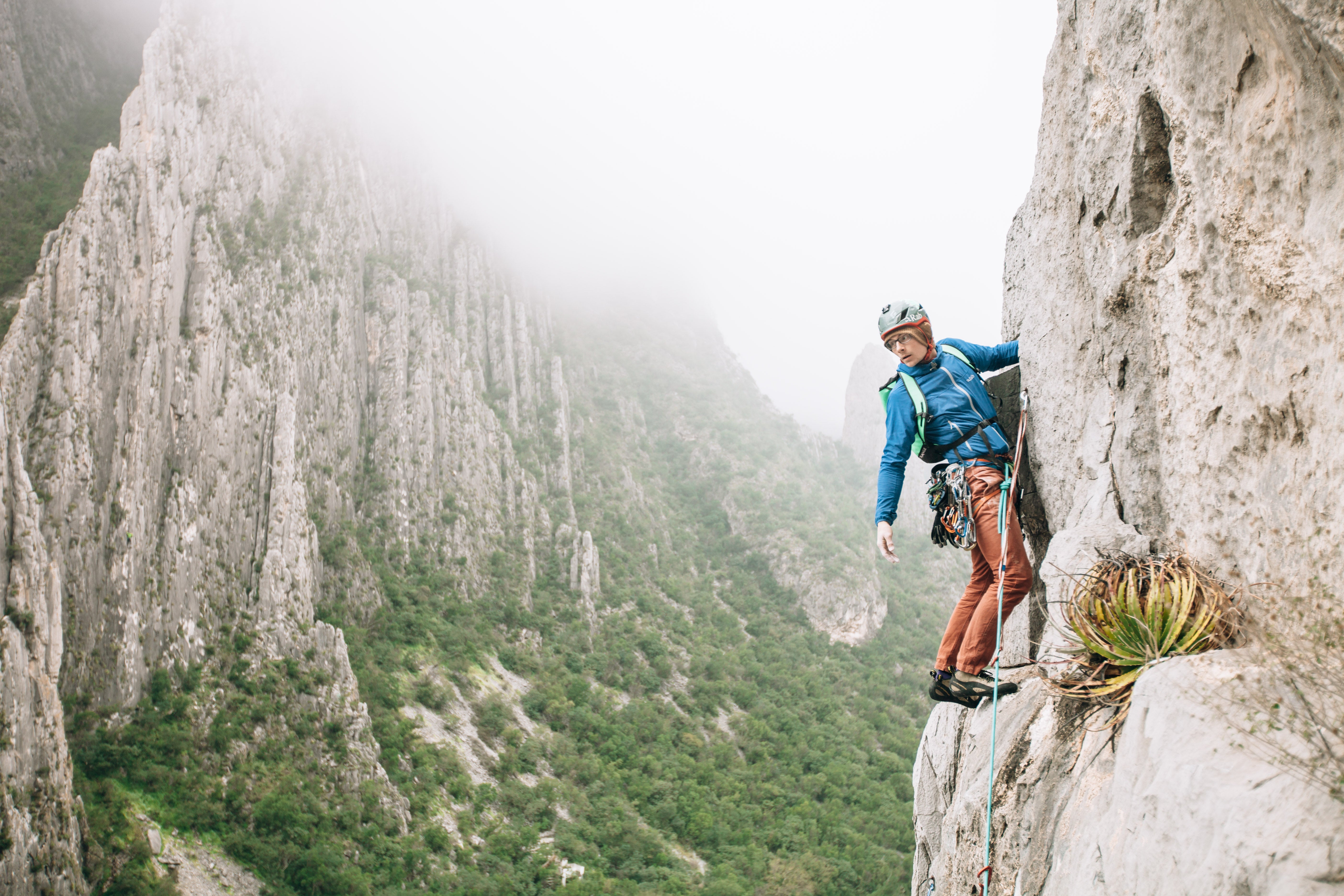Teton Climbing Achievements Announced

"None"
Climbing historian, guidebook author and TBP volunteer Renny Jackson has compiled a list of the most significant achievements in Teton climbing history. The list will serve as the foundation for the historical component of the bouldering park we seek to build at the base of Snow King Mountain in downtown Jackson Hole. We are publishing it here in full, and we actively encourage feedback from climbers and historians to help us finalize the list.
Jackson, Grand Teton National Parks Jenny Lake Subdistrict Ranger, is the author of the definitive climbing guidebook to the area, A Climbers Guide to the Teton Range. He oversees the Parks world-renowned team of elite climbing rangers and has participated in a number of significant Teton ascents himself, including the first winter ascent of the Grand Traverse and the first winter ascent of Mount Morans Complete South Buttress.
Jacksons list focuses on the stories of certain routes, rather than simply their first ascents, because, according to him, routes historically go through an evolution: from the first ascent, which is often done the easiest way possible, to the first solo ascent, to the first ascent in winter. Thus routes can have numerous chapters in their history.
The story of the Grand Tetons North Face route is one such example. The first ascent was accomplished on August 25, 1936, by Jack Durrance and Paul and Eldon Petzoldt. Nearly seventeen years later, on July 24, 1953, Richard Emerson, Willi Unsoeld, and Leigh Ortenburger made the climbs Direct Finish. The story continued on August 17, 1965, when Irene Ortenburger and Sue Swedlund made the first all-female ascent. Nearly three years later, George Lowe and his cousins, the brothers Greg and Mike Lowe, together with Rick Horn, made the first winter ascent from February 28March 2, 1968. Alex Lowe and Jack Tackle then completed the first winter ascent of the Direct North Face from January 13, 1987. Finally, in January, 1992, Alex Lowe made the Direct North Faces first winter solo ascent.
The achievements identified by Jackson will be physically integrated into the heart of the bouldering park. Each will be laser-cut into a steel retaining wall. This wall in turn will segue into the parks memorial component, a semicircular structure that mimics the stone ring atop the Enclosure, a satellite peak of the Grand Teton. That structure is believed to have been built by Native Americans in an event that predates Caucasian activity in the valley; the ascent that occasioned it is the first achievement included in Jacksons list.
Jacksons list includes a number of well-known accomplishments, such as the 1898 first ascent of the Grand Teton and Bill Briggs 1971 first ski descent, but it also includes some surprises, such as John Gills first ascent of the Gill Problem on Red Cross Rock.
Gill was one of the pioneers not only in the Tetons but in North American climbing as well. His 1959 Red Cross problem, with individual moves of 5.13+ in difficulty, represented a landmark achievement in American climbing. Also, Gills use of gymnastic chalk at the Jenny Lake boulders represented the first time it had been used anywhere on the continent. Gill is also renowned for establishing several routes at Blacktail Butte at difficulties up to 5.12, a grade that continues to tax most modern climbers. Gill climbed his routes solo, without a rope, while wearing primitive rock climbing shoes.
We encourage climbers to help us finalize this list. Spot an omission? Feel that something weve included doesnt belong? Let us know. Your feedback will assist us in making sure the bouldering park honors the achievements that have helped make the Tetons the birthplace of American alpinism.
To see the complete list, please click here